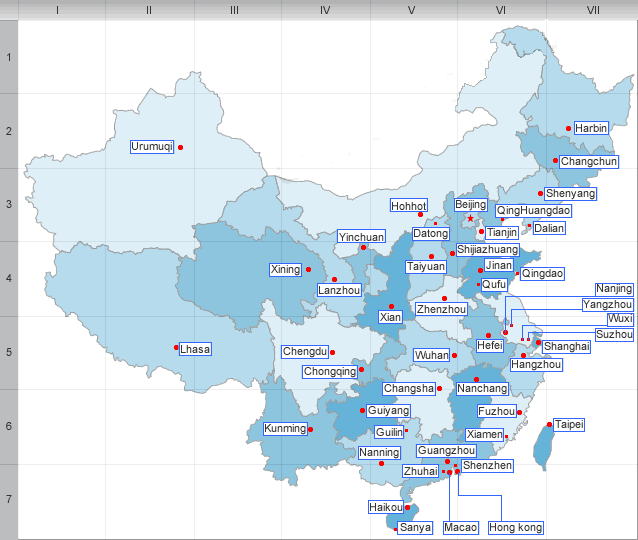Wuyishan City Overview
Located at the foot of the southeastern slope of Huanggang Mountain, the main peak of the Wuyi Mountains, Wuyishan City sits on hilly land consisting of red gravel rocks, with an elevation of about 400m. The highest peak exceeds 700m. With an area of 70sq km, Wuyishan City lies between latitudes 27o35ˊ-27o43ˊN, and longitudes 117o55ˊ-118o01ˊE. The city boasts unique natural scenery of bluish-green waters and reddish hills. The physiognomy of Wuyishan is typical Danxia Landscape. The peaks of the Wuyi Mountains are vivid, elegant and grotesquely shaped. Of them, Danxie Hill is of Particular attraction.
Climate
Located close to the tropic of Cancer, Wuyishan City has a sub-tropical, humid monsoon climate. The high mountains to the northwest of the city keep off cold air from the north in winter, and block warm and humid air currents from the ocean in spring and summer. Hence, the city has a warm, fresh and cool climate, with an average annual temperature of 17.9℃. July is the hottest month of the year, when the average temperature is about 27℃. January is the coldest month, when the average temperature is about 8℃. The city is suitable for tourism all the year round. Wuyishan City has much rainfall, with a mean annual precipitation of around 1,900mm, concentrated in spring and summer. It has 150-160 rainy days and about 110 foggy days a year.
In early spring, Wuyishan City is Very pretty, with green mountains, clear waters and colorful flowers, in addition to the delicate scent of birch trees. In summer, the city is a pleasant resort, with densely growing trees, murmuring streams, and cool winds. In the clear and crisp autumn, the city boasts red maple leaves and camellias in full bloom, making people feel relaxed and happy. In winter, beautiful plum blossoms and green pine trees form a lovely picture. The scenery of the mountains is changeable at different times of the day, and is particularly appealing on windy, rainy or snowy days.
Economy
Wuyishan City mainly relies on its export-oriented economy, and tourism is its pillar industry. Every year, the revenue contributed by tourism makes up more than one third of the city's total. By relying on its rich bamboo, timber, rock tea and granite resources, it has formed a series of sturdy industries mainly serving tourism, including the production of tourist arts and crafts, processing of bamboo and forest products, making fine rock tea and quanying granite. Wuyishan City is also a commodity grain base and key forest area, as well as a famous tea producer in China. Its agriculture has constantly been optimized along with the development of tourism, and its grain, timber, tea, bamboo products, flowers and vegetable sectors are thriving.
Natural Ecological Environment
Wuyishan City has an extremely fortunate natural ecological environment, its forest coverage rate being 53 percent. In the Wuyishan National Tourist Attraction Area, the forest coverage rate reaches 65.3 percent, and 98 percent of the Wuyishan National Nature Reserve is covered by forests. The quality of its air and water greatly exceeds the state's standards. Tourism plays a leading role in Wuyishan's economy. The setting up of industrial projects which may harm the natural environment is forbidden here. When the Chairman of the Executive Board of the World Tourism Organization visited Wuyishan, she said, "Unpolluted Wuyishan is a good model for the world environmental protection." Dr. Moroy of UNESCO World Heritage Committee once claimed, "Wuyishan is the everlasting symbol of Chinese natural resources which can be applied continuously."
| PREV:Wuyishan City History | Next:Taishan Overview |



